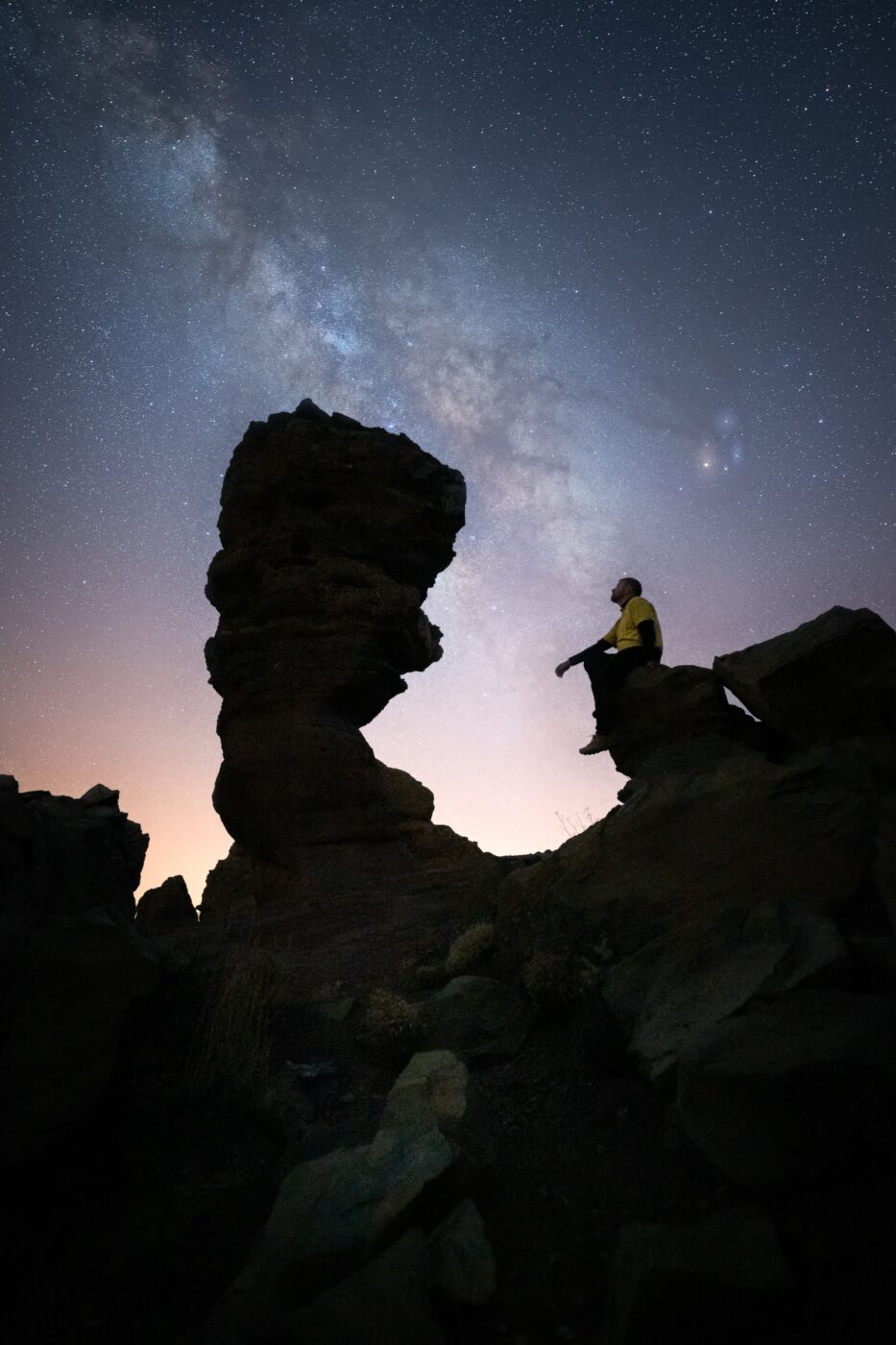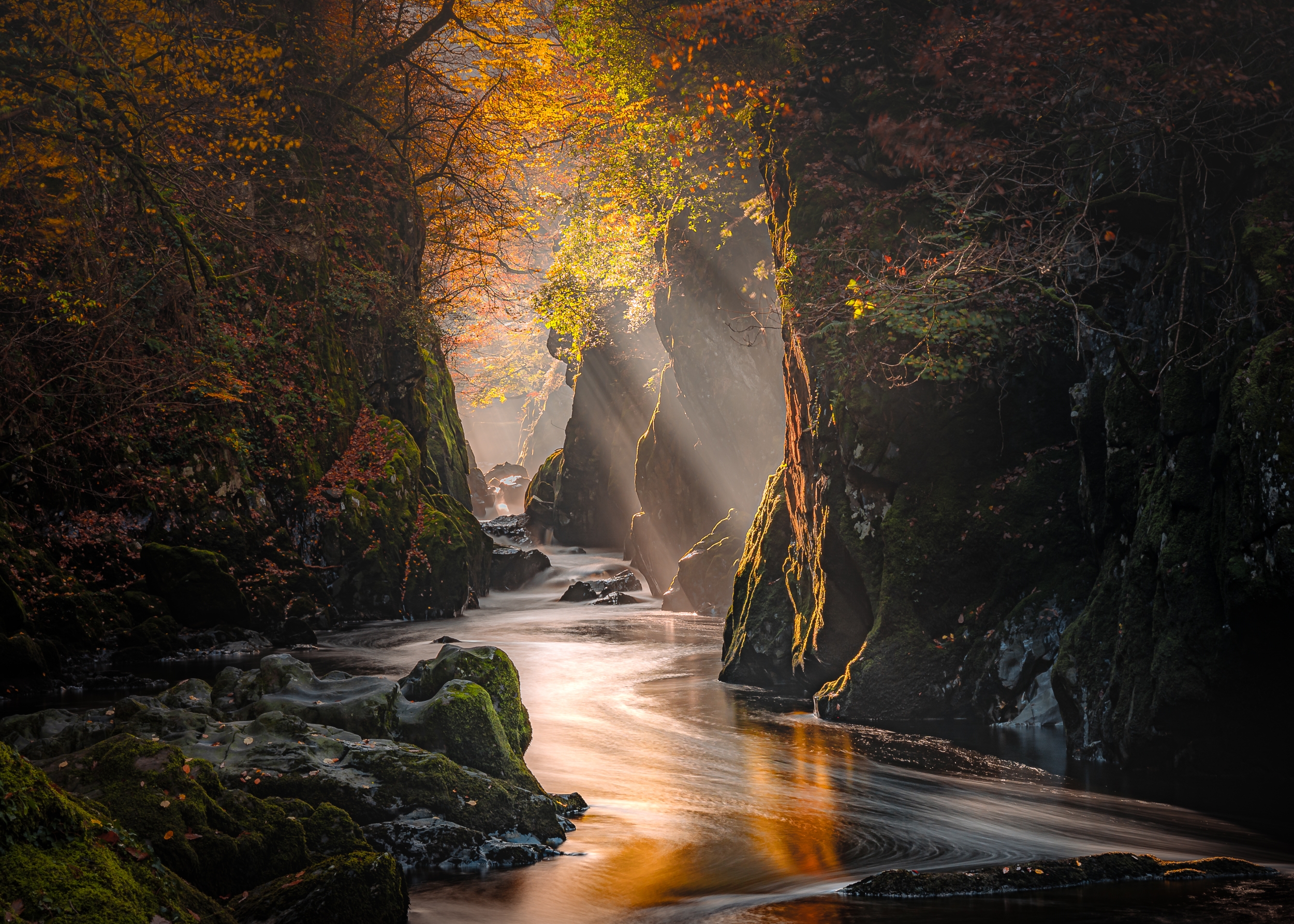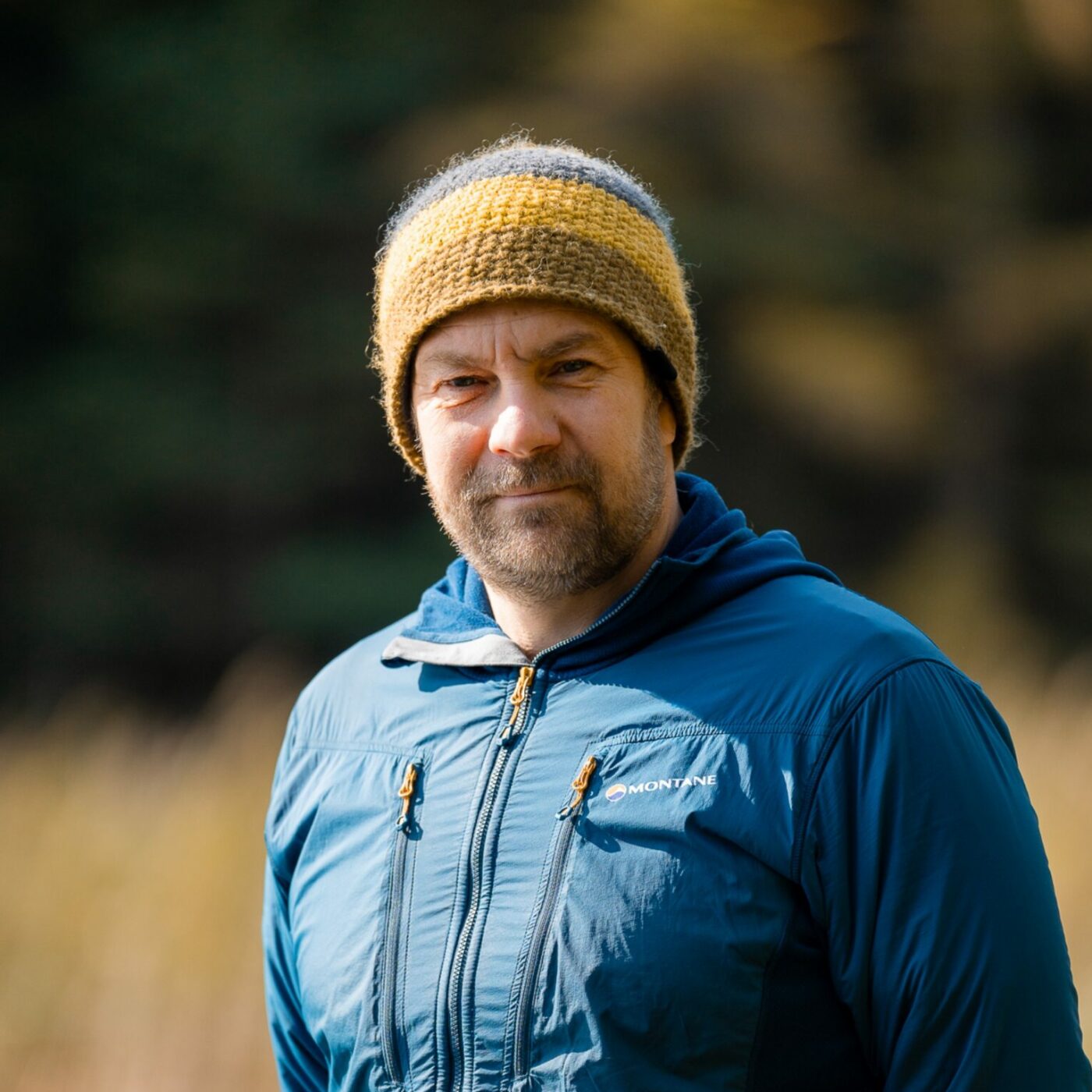We are thrilled to introduce photographer Gareth Mon as our latest SIGMA Ambassador! Gareth’s journey in photography began in October 2014, and his passion for Astro and landscape photography has only grown since. Living in picturesque Beddgelert, Snowdonia, Gareth has honed his skills in capturing the night sky and stunning landscapes, making him a perfect fit as a SIGMA Ambassador. His dedication to exploring new locations and mastering the art of nighttime compositions has led to some truly breathtaking work. Join us as we delve into his experiences, techniques, and the inspirations behind his captivating photography.
Thank you! I am honoured and excited to be made a SIGMA ambassador. So with Astro, really it was all about when I could get out with a camera! I started in October 2014, and the only time I really had to go out to shoot was after work at night. I was probably a bit naïve when I was learning, I thought “how hard can it be?”, but I quickly learnt from my mistakes and in some ways, it really set me up well. When you’re shooting Astro and trying to figure out night-time compositions, you have to keep things simple. I think that helped with composing my landscapes.
My passion for shooting landscapes came from the locations I was visiting to shoot Astro. Originally living on Anglesey, I never realised how lucky I was until I went out with a camera. I was going to new locations and wondering why I haven’t been here before. Going to new places with fresh eyes, a camera and the ability to record, my imagination would just start running wild.
When I first started, all the was planning was around the milky way. I was fixated on it, so every time I would go out, it was all about exploring west to south west facing locations. I would think “this is a west to south west facing landscape, so it will do for an astro shot”.
But of course, things get easier as you go on, with the help of apps like Photopills it’s much easier to plan ahead and know what time you need to be at your location. Previously I’d head to Llandwyn at sunset and have a vague idea if where the milky way would be. Now with the apps, you can use augmented reality simulations of the night sky so that you know exactly what time the milky way will be over a specific location, helping you can react much faster. It cuts the planning time down massively.
When it comes to lenses, the main factors for me are of course the low f-stop and how sharp it is at that aperture. The lower it can go, the easier I can capture stars. The SIGMA 14mm F1.4 DG DN| Art is the perfect example. It’s so sharp and the detail and contrast I get off the lens is crazy. With a 14mm focal length I can expose for 20 seconds without seeing movement in the stars which is ideal. I used the SIGMA 20mm F1.4 DG DN | Art in Tenerife earlier this year and I couldn’t believe the sharpness. The lens was just on point with every shot.
Gareth uses two wide-angle SIGMA lenses in his kit bag to capture Astro and landscape photography with ease. The SIGMA 14mm F1.4 DG DN | Art has been specifically designed specifically to capture starscapes with special glass elements that effectively suppress chromatic aberration, sagittal coma flare and image distortion. The SIGMA 20mm F1.4 DG DN | Art is a smaller and lighter wide-angle lens which would be better suited to photographers who prefer lighter lenses, but without compromising on image quality. Both lenses have features to help capture both types of photography, with lens heater retainers, rear lens filter slots and more.
Go somewhere dark away from light pollution and wait until it’s properly dark. Not twilight, but a couple of hours after sunset when it’s really dark. Have a ‘go to’ base setting that gives a rough exposure with a high ISO. Shoot with the lens wide open and take a test shot, zoom in and make sure you’re in focus. Be absolutely honest with yourself that the focus is perfect. This is the most important thing for me. Really scrutinize your test shot and make sure the focus is right.
Once you’re happy with the focus, make sure you’re at the right exposure for your lens using the rule of 600 and go from there. And of course, use a good tripod and a cable release to minimise shake.
At first, landscapes came secondary to my Astro photography. I’d be doing a recce for an Astro shot and think ‘oh my gosh, this place is beautiful’, so I’d take some photos to make the most of it. With landscapes, I didn’t appreciate them fully until they’re where front of me, in that exact moment. The more I shot Astro, the more I wanted to know about the locations, what was it like at sunrise and sunset for example.
I suppose my Astro photography is pre-planned, but the landscapes are more about getting out there, chilling out and enjoying a more zen situation where things don’t matter.


I’m not being biased but Anglesey is one of the best places for me, in that I know everything there is in and around Anglesey. If there was another location that would have to be my favourite it would be Llandwyn, both for photography for the personal meaning it has to me. Looking out to sea from there, you can see three hills in the background which is where my father’s grave is. That place always reminds me of him, even when I’m not taking photos.
Tenerife just feels like a different planet. Not only do you get the guarantee of the good weather, it’s also the clarity of the sky. When you’re around 2500m above sea level and just below mount Teide, the sky just seems to pop from the darkness. I’m a big Star Wars and Sci-fi fan, and the moment you land at the airport, it feels like you’re on Mars or Tatooine. It’s like nothing I’ve seen before, it’s barren and devoid of trees, making my imagination run wild. It’s just weird, but in a good way.
That is a tough one. At the moment, I’m quite hooked on the SIGMA 14mm F1.4 DG DN | Art, especially with everything going on in the sky, like the aurora recently (October 2024). It’s also been my workhorse, so I think that’s my favourite at the moment.
The A3 comet is one at the moment, if we get the weather. I’d like to get some Orion shots over the winter, but I’ve mainly been scouting a few locations for woodland shots. Woodland isn’t my strongest suit, it’s an area where I want to do a bit of practicing and now that I live in Beddgelert in Snowdonia I’m surrounded by ancient woodland. It seems right to get some practice in and challenge myself.
I’d say I live by three P’s. Perseverance, Practice and Passion. If you don’t have them in mind when you go out with your camera, you might be going out for the wrong reasons. Perseverance, if you’re not willing to fail, you’re not willing to better yourself. Practice probably speaks for itself, but make the mistakes and learn from there. And then Passion, have passion for what you’re doing and where you’re doing it, respecting and having an appreciation of where you are.

Gareth Mon has a profound passion for photography, encompassing everything from landscapes to wedding photography, with a particular fondness for astrophotography. His journey into photography began in 2014, at the age of 34. Although he started later than most, Gareth quickly discovered a deep passion for capturing the beauty of his homeland. As a self-taught photographer, he is constantly learning and striving to surpass his goals, always seeking new and innovative ways to take photos.
Sign up to our newsletter